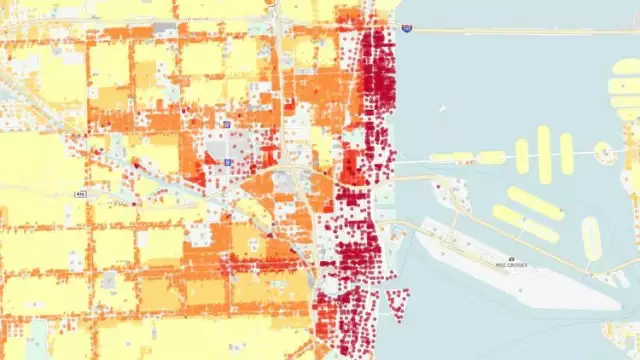Can Inclusionary Zoning Put a Dent in the Housing Crisis?
Zoning laws have a long history in America, dating back to the early 20th century. Often, exclusions of certain property types, such as apartment buildings, were used to racially segregate communities. The prize-winning book The Color of Law by Richard Rothstein gives a detailed history of housing discrimination and racial segregation that came with exclusionary zoning. The 1968 Fair Housing Act was supposed to rectify some of these unfair policies and practices by prohibiting discrimination based on race, national origin, religion, and other areas. But the act falls short of preventing class-based discrimination, providing a legal way to confine low-income people to specific neighborhoods. Things like high minimum lot sizes and expensive construction requirements have systemically prevented building housing for low-wage earners from the ability to move into areas with better opportunities. Exclusionary zoning is still the norm in many American cities, and it is segregating communities and adding to America’s housing crisis.
These exclusionary zoning laws come in many forms, but to sum it up, they are land-use restrictions that include single residence per lot. Exclusionary zoning severely hinders the construction of multifamily housing that would increase the housing supply and provide affordable places to live. The rules play out at the local level, but in the aggregate, they add up across cities and towns nationwide to contribute to housing unaffordability. Exclusionary zoning used to be seen mainly in coastal areas and large metro markets, but it’s now more common in cities of all sizes and market conditions.
The post Can Inclusionary Zoning Put a Dent in the Housing Crisis? appeared first on Propmodo.




